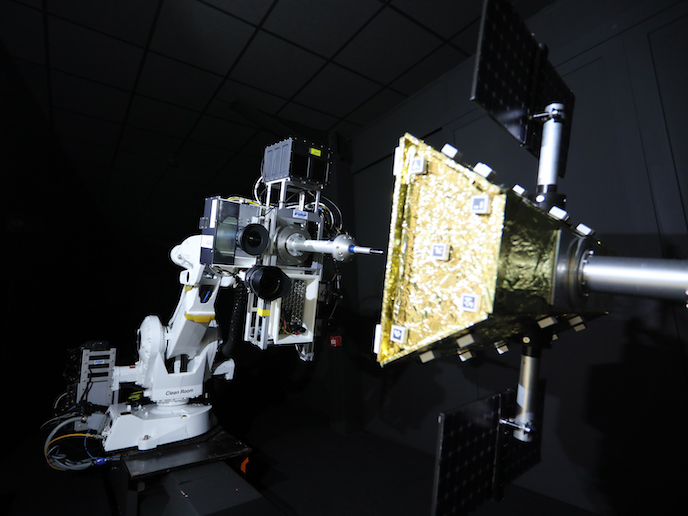Coated laser crystals to enhance Earth observation missions
Earth observation is our ‘eye in the sky’ for monitoring the planet and its environment. It is also an essential tool in the fight against climate change. Using both satellites in the sky and in situ sensors on the ground, Earth observation systems such as Europe’s Copernicus programme(opens in new window) help us monitor sea levels, make accurate weather forecasts and protect biodiversity. “Space-based Earth observation missions are essential to gaining the data we need to understand our planet,” says Peter Wessels, a researcher at the Laser Zentrum Hannover(opens in new window) (LZH). “When these missions are enhanced with Alexandrite-based laser instruments, we can enable new ways of monitoring the atmosphere or the planet’s surface.” The EU-funded GALACTIC(opens in new window) project, LZH, together with Altechna(opens in new window) and Optomaterials(opens in new window), have established a European supply chain for space-qualified, high-performance, high-quality coated Alexandrite laser crystals – a vital technology for the future of Earth observation missions.
Alexandrite crystals benefit Earth observation
Often referred to as an emerald by day and a ruby by night, Alexandrite is a type of chrysoberyl mineral. But beyond its unique colour-changing characteristic, Alexandrite also offers several unique advantages for Earth observation purposes. For example, Alexandrite crystals enable a tunable laser wavelength, making it possible to measure at a wavelength specific for the information wanted. This makes them an excellent candidate for atmospheric sensing and vegetation light detection and ranging (LiDAR) used to assess important atmospheric parameters, forest health, and biomass. LiDAR is a remote sensing method that measures ranges to Earth using light in the form of a pulsed laser. The Alexandrite crystals’ emission also has the advantage of being easily converted to emit ultraviolet light. “This wavelength makes it possible to directly characterise our atmosphere and measure wind speeds, which can improve weather forecasting,” adds Wessels.
Ensuring performance and durability
Despite these benefits, the use of Alexandrite crystals remains limited due to a number of challenges. For example, when used in space, Alexandrite crystals are subjected to rough and potentially damaging conditions, including high temperature variations and exposure to elevated radiation levels. To ensure their durability, the project’s coated Alexandrite crystals were tested under realistic Earth observation mission conditions. The GALACTIC crystals proved to be remarkably robust against the effects of ionising radiation and temperature variability. As a result, the crystals are now ‘space qualified’, meaning they can be offered as components for use on Earth observation satellites. “Our synthetic coated Alexandrite laser crystals are produced entirely within the EU and are comparable to – even better than – the state-of-the-art non-European crystals available on the market,” remarks Wessels. “With this, we not only achieved the fundamental goal of the GALACTIC project, but also contributed to making the European space industry more resilient.”







